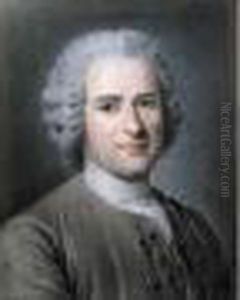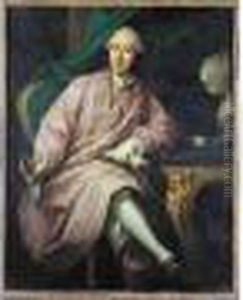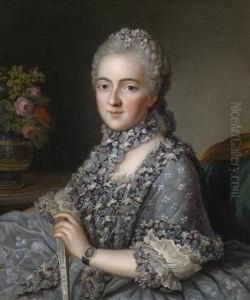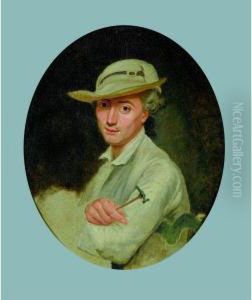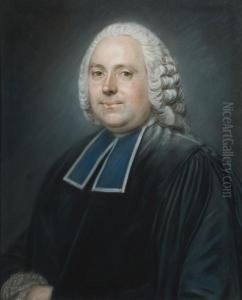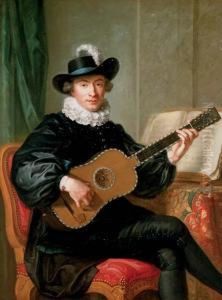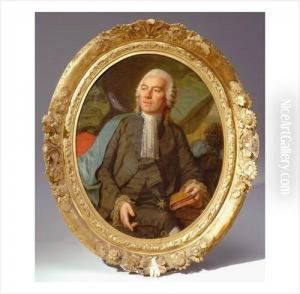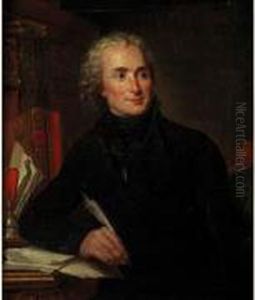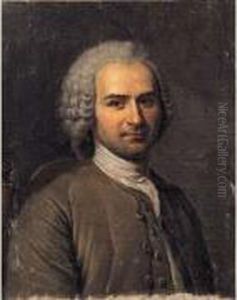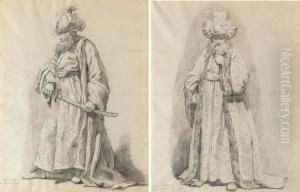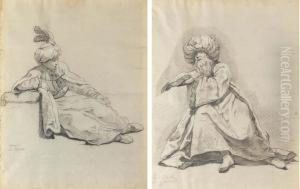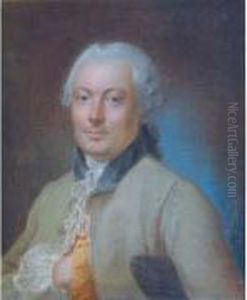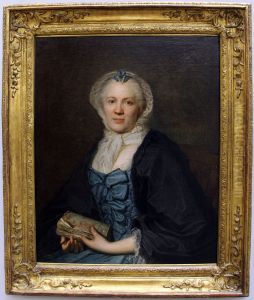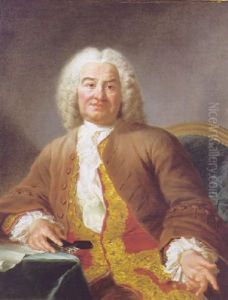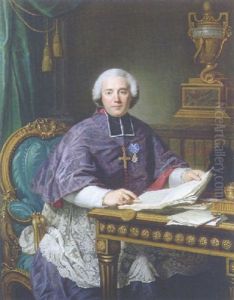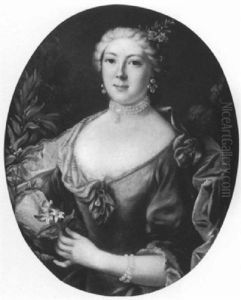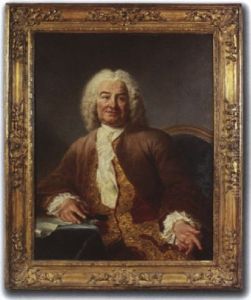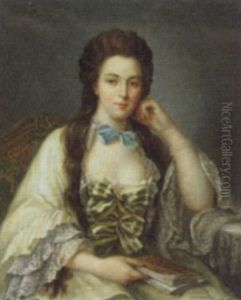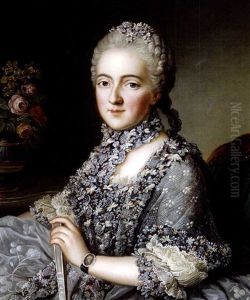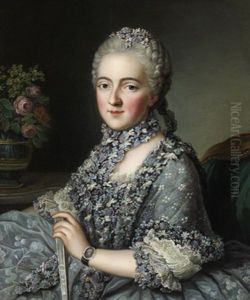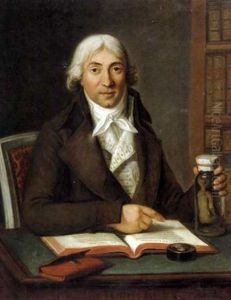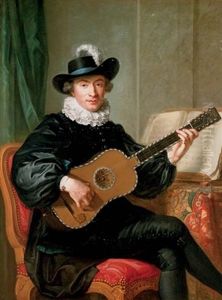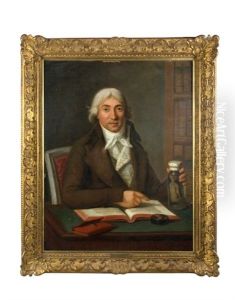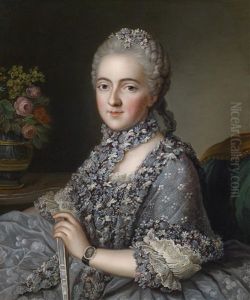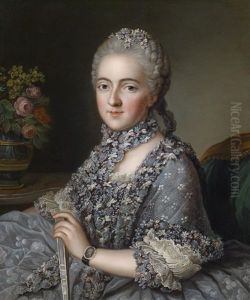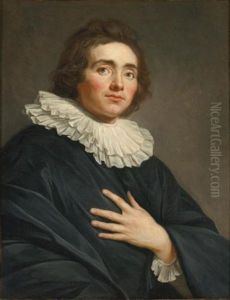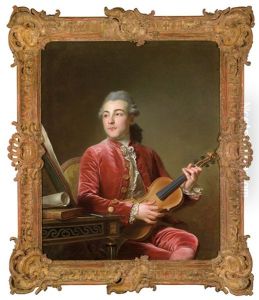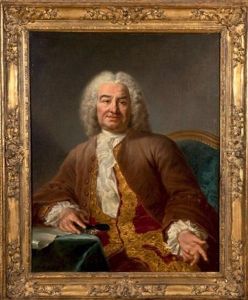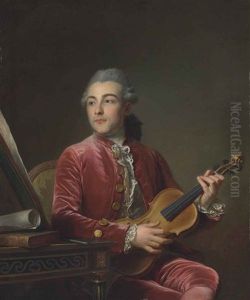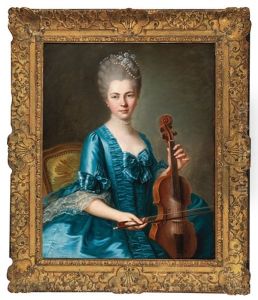Guillaume Voiriot Paintings
Guillaume Voiriot was a French portrait painter active during the 18th century, a period marked by significant changes in the art world due to the Enlightenment and the lead-up to the French Revolution. Born in 1713, Voiriot's career spanned a crucial era in French history, reflecting the changing tastes and ideologies of his time.
Voiriot trained under Hyacinthe Rigaud, one of the most prominent portrait painters of his time, known for his depictions of Louis XIV and other members of the French aristocracy. This tutelage provided Voiriot with a solid foundation in the traditional techniques and styles of French portraiture, which he would both adhere to and adapt throughout his career.
Throughout the 1740s and 1750s, Voiriot established himself as a skilled portraitist, catering to the French elite. His work was characterized by a meticulous attention to detail, a hallmark of the Rococo style, which dominated French art until the emergence of Neoclassicism. Voiriot's portraits are noted for their elegance and precision, capturing not just the physical likeness of his subjects but also a sense of their personality and status.
Despite the political and social upheavals of the late 18th century, Voiriot continued to receive commissions from members of the nobility and the burgeoning bourgeoisie. His ability to adapt to the changing artistic tastes of the time, while maintaining a high level of craftsmanship, ensured his relevance and success throughout his career.
Voiriot's contributions to French art were recognized in his lifetime; he was admitted to the Royal Academy of Painting and Sculpture in 1763, an acknowledgment of his skill and impact on the French artistic landscape. His works are now held in several prestigious collections, including the Louvre in Paris, testament to his enduring legacy.
Guillaume Voiriot passed away in 1799, at the dawn of a new century that would see profound changes in France and its art. His body of work remains a valuable insight into the aesthetic and social dynamics of 18th-century French society, bridging the gap between the Rococo sensibilities of the early century and the emerging Neoclassical ideals.
